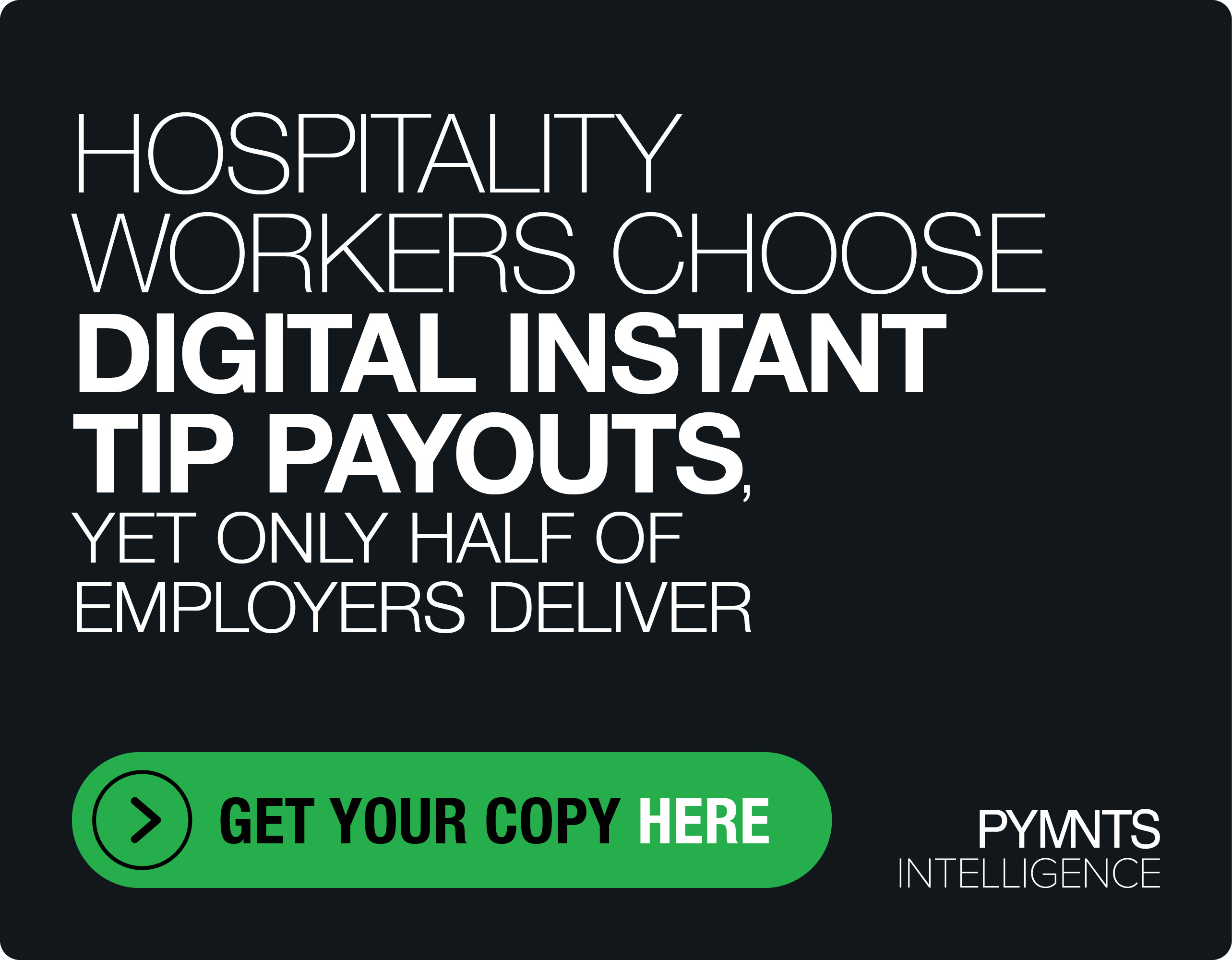Travel Spending May Get a Bounce Into the Holidays With BNPL and Rewards
Summer’s over. Beach getaways are a thing of the past.
And now the holidays approach.
Jacqueline White, president at i2c, and Ray Chalub, COO of Inter & Co., told PYMNTS that the travel boom seen in the months since Memorial Day has momentum, and there are some significant shifts in how consumers plan to pay, and are paying, for it all.
We’ve been wielding the cards in full force, to be sure, but many consumers have been re-focusing on other payment methods, too, especially as inflation continues to be an everyday concern.
Buy now, pay later (BNPL) options, said Chalub and White, can help consumers book, and pay for, the trips they want (and sometimes need) to take, while spending the cash they have on hand. There’s a positive impact once they land and check in, too, as many merchants and service providers are also offering the ability for consumers to pay for goods, meals and tours over time.
Eager to Leave Lockdown Behind
As White noted, in the wake of the pandemic, and the opening of economies around the globe, “there’s this travel snapback,” with people of all ages “eager to ‘get out.’”
That’s especially true for younger consumers, but, as White noted, individuals in the Generation Z and millennial cohorts have been keenly aware of how they use credit, and they’re taking a pragmatic view of their finances and how much of their discretionary income can be allocated to travel. In joint research between PYMNTS Intelligence and i2c, delving into summer travel plans, the data showed that 30% of millennials and 29% of Gen Z consumers used or planned to use BNPL for their summer travel expenses, compared to just 5% of baby boomers and seniors.
Chalub added that these trends have been in place internationally. Even with inflation in the mix, “this does not seem to be enough to stop the travel spending.” In Brazil, BNPL has been widely adopted — and the option is quickly gaining traction here in the States. Chalub estimated that half of transactions are done with credit cards, the remainder with debit. And of that latter category, said Chalub, half of those transactions are done through installments.
“People are used to paying for vacations in monthly installments,” he told PYMNTS, “free of interest. This is ingrained deeply in the Brazilian culture.” Millennials already have well-established credit limits, while Gen Z consumers are still working on building up their credit scores.
“They’re using BNPL as a budgeting tool,” he said.
Added White, “The younger generations don’t like debt as much as the older generations have … with all that’s been happening in the economy, that’s instilled some financial prudence.”
Asked by PYMNTS how BNPL might have a ripple effect beyond big-ticket purchases, White and Chalub agreed BNPL is being offered in “everyday spend,” for everything from meals to all manner of ancillary expenses. That’s an important factor for merchants and service providers to consider, said White, because so many consumers are able to work remotely — and, indeed, work while they are traveling.
“You can combine these factors into longer, extended vacations and family trips.”
Payments are skewing ever faster, said White, and the launch of the FedNow® Service will change the ways in which we pay. More than half of individual in North America, said White, don’t carry cash anymore. They value the convenience of contactless payments.
Especially when traveling, she said, “they don’t want to have to worry about losing their money and it’s easier just to use a point and click [payment method] and an instant payment on the device or at the point of sale.”
Cementing Loyalty
The rise of digital payments, said White, especially in travel settings, gives merchants and other enterprises the opportunity to deepen the loyalty of their consumers. They can tailor their marketing strategies and offers to specific generations and specific individuals.
“In this age of artificial intelligence and machine learning, we’re going to see some very exciting instances where we take all of this enormous amount of data that we’ve been collecting, that we’ve had access to for a very long time,” and use it to combine BNPL and rewards, said White.
That data, said Chalub, “can shape the payment solutions that the clients or specific geographies want. This is key for the whole industry and for the merchants,” as cash back and points programs can help keep consumers engaged.
As he told PYMNTS, “getting to know what the clients want, with all this data that we have, “is a key success factor.”

